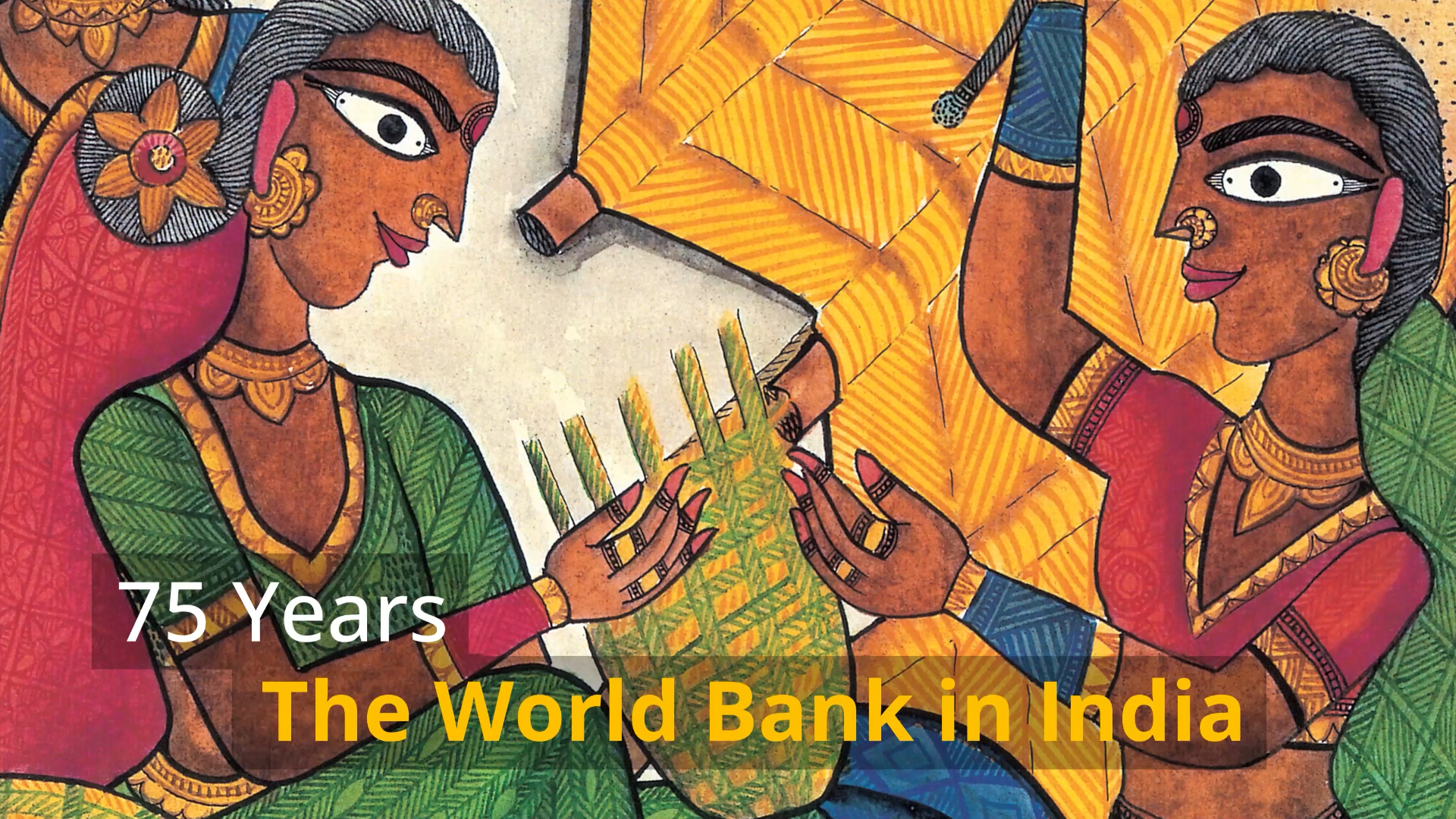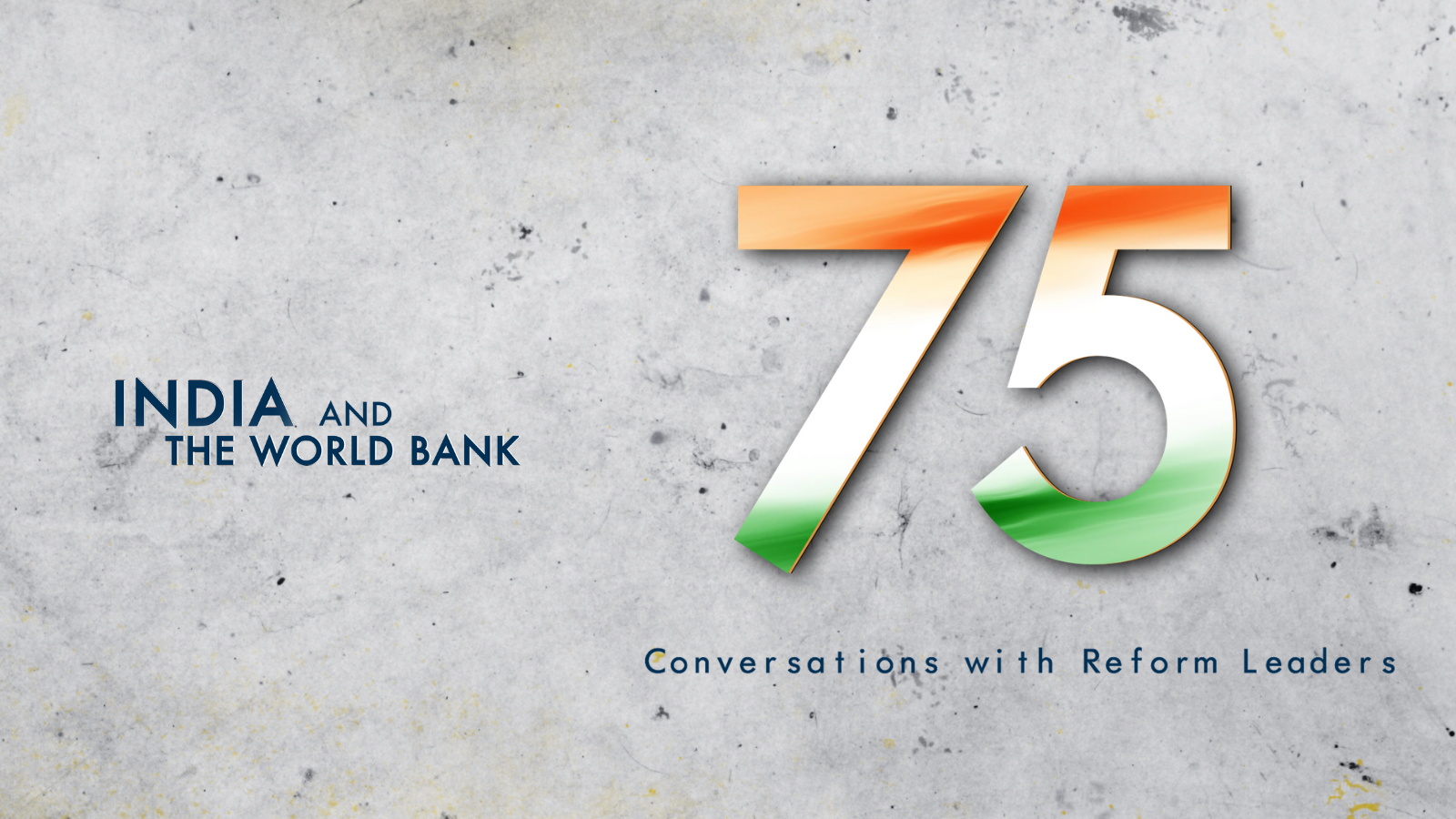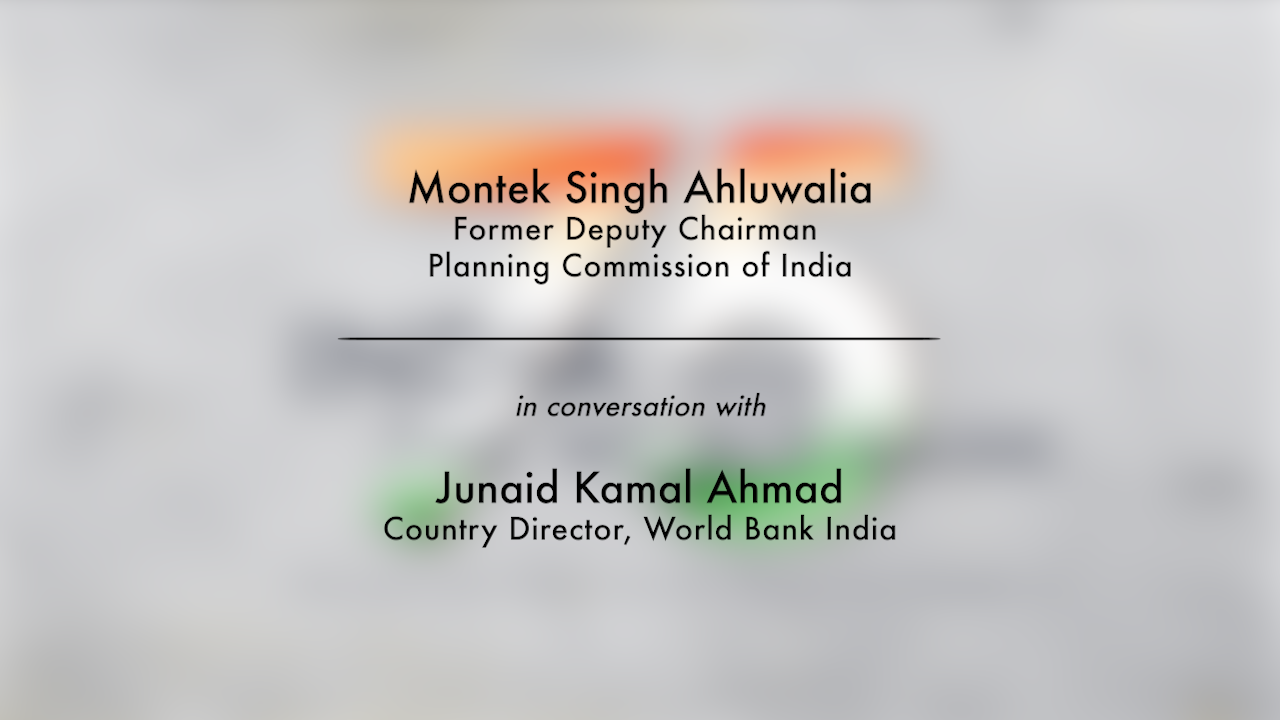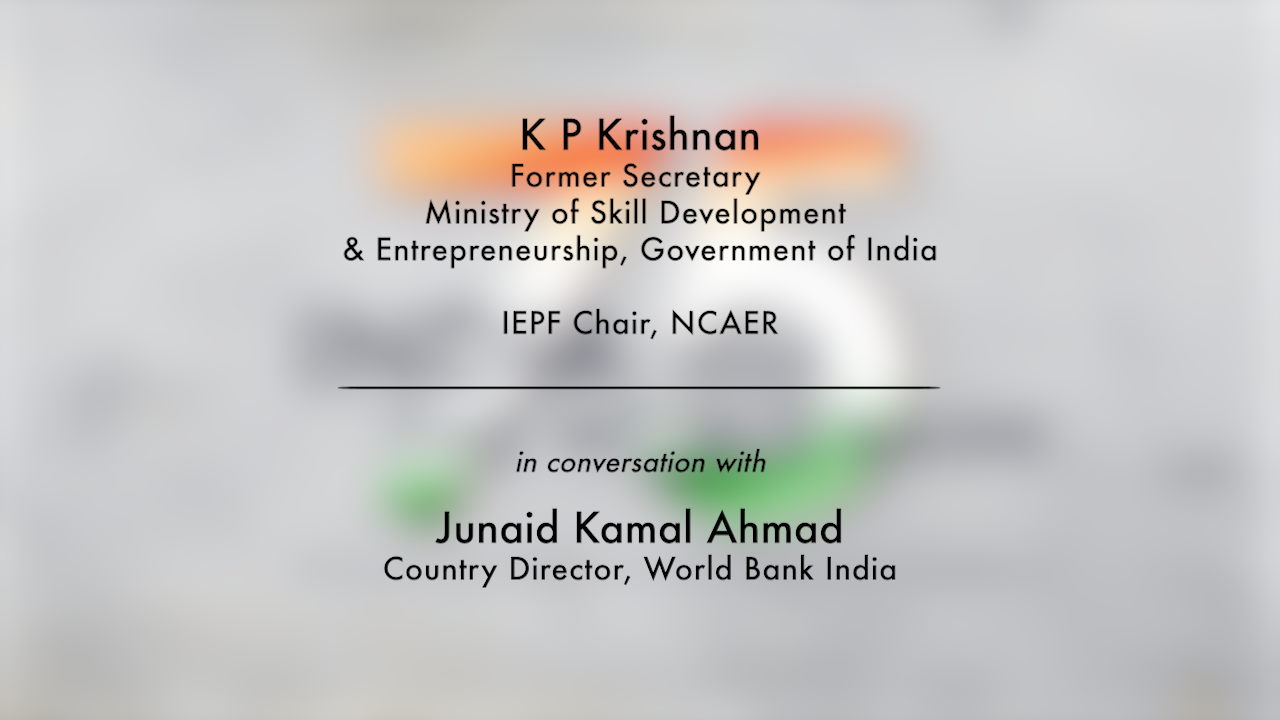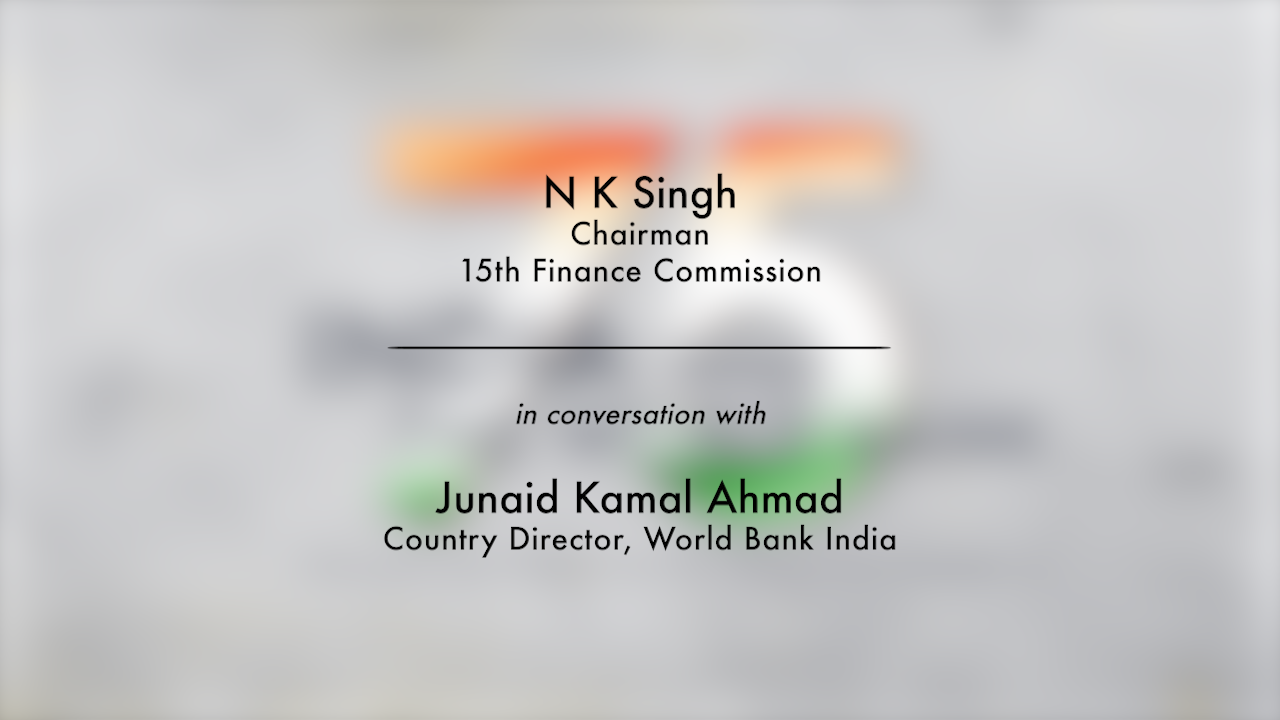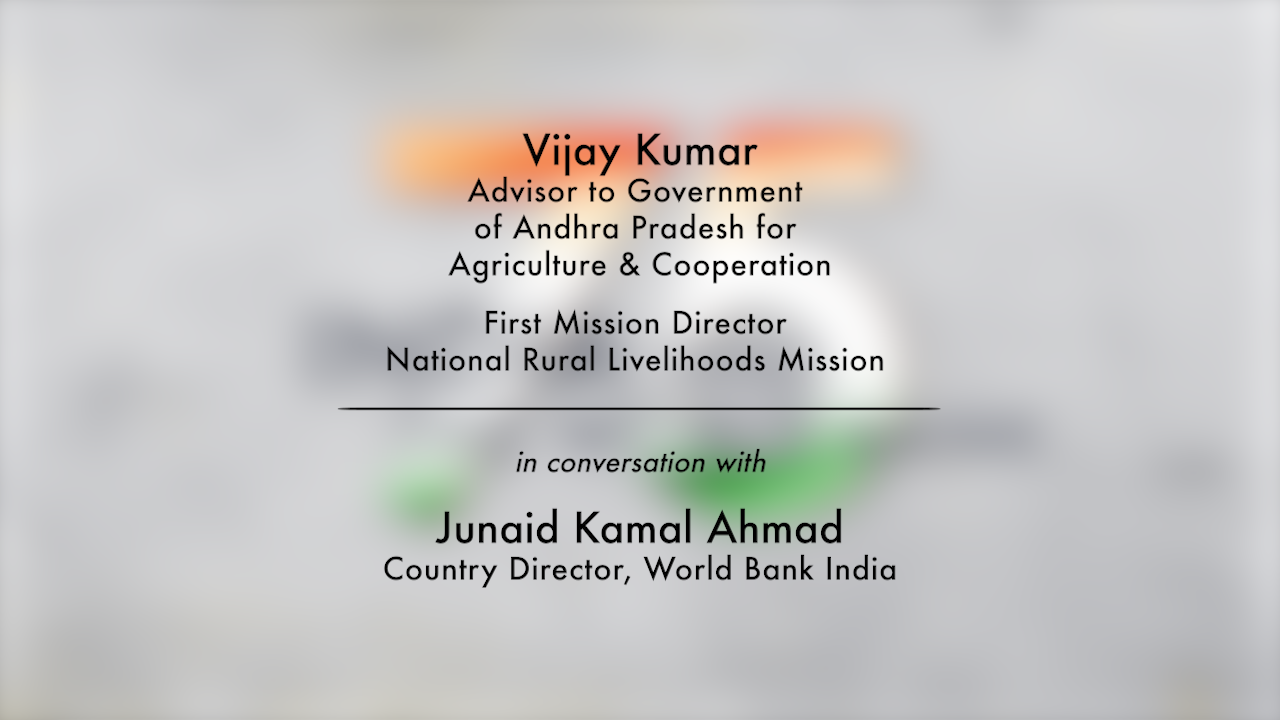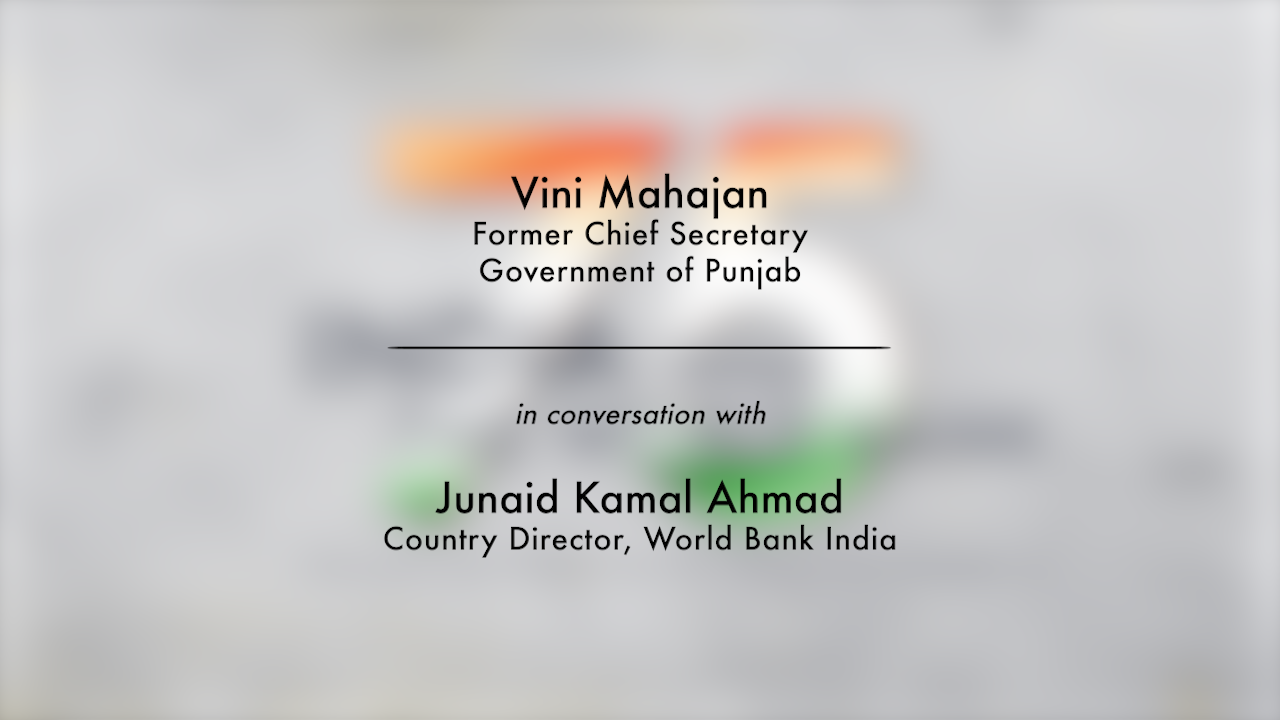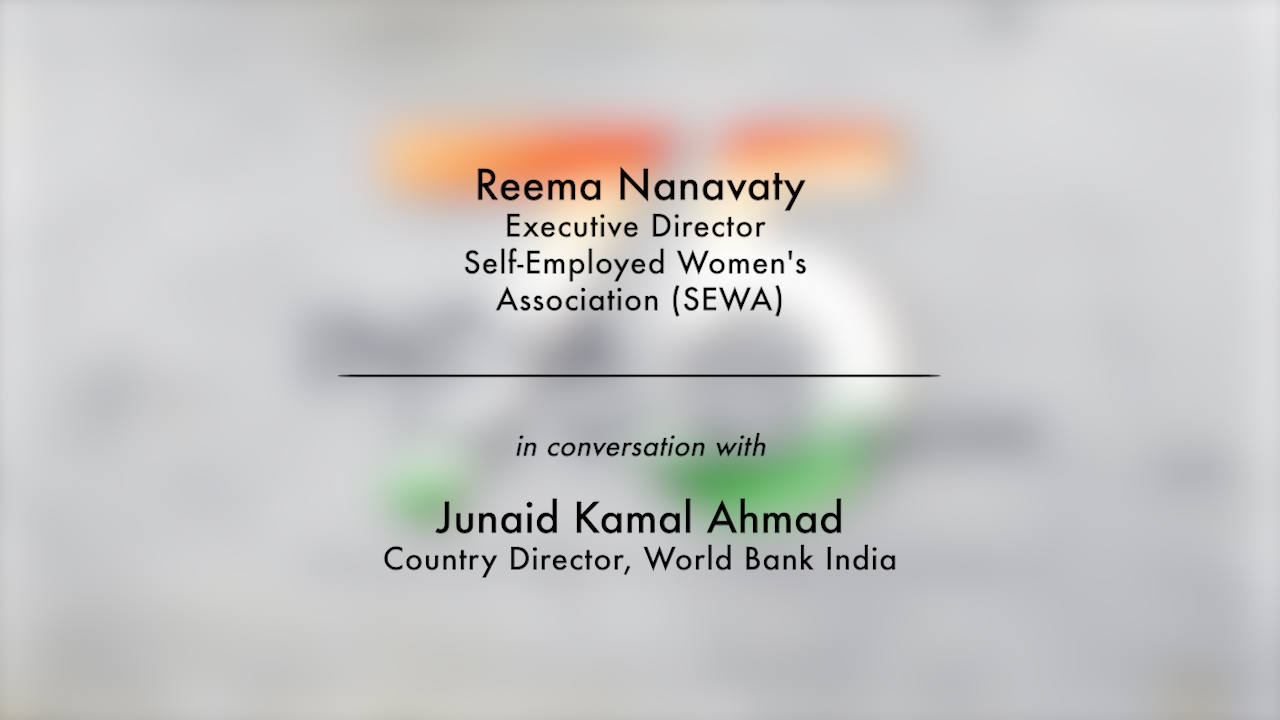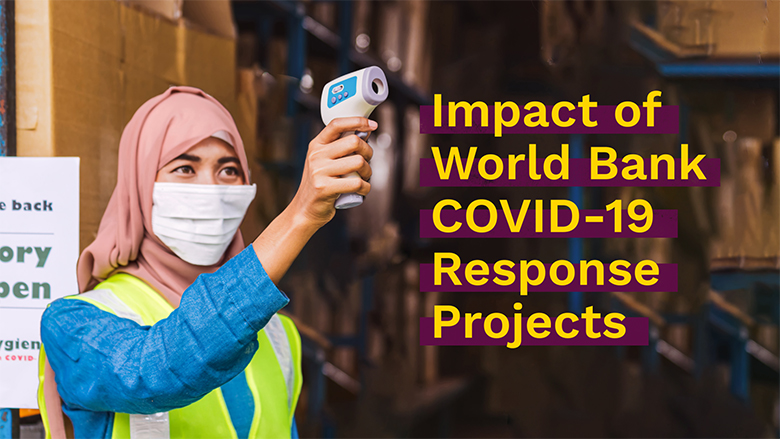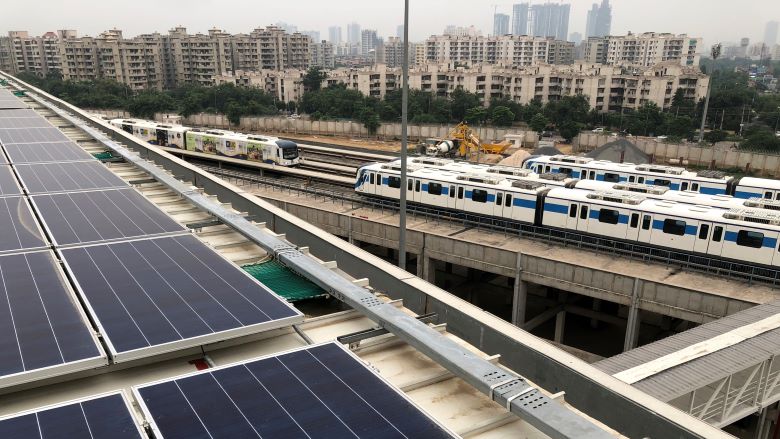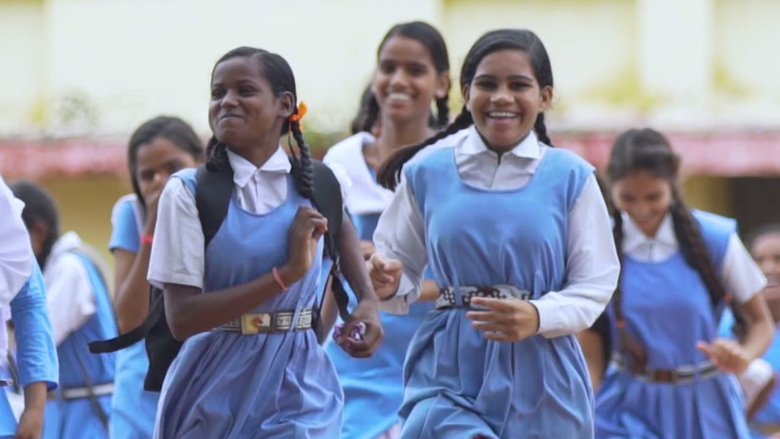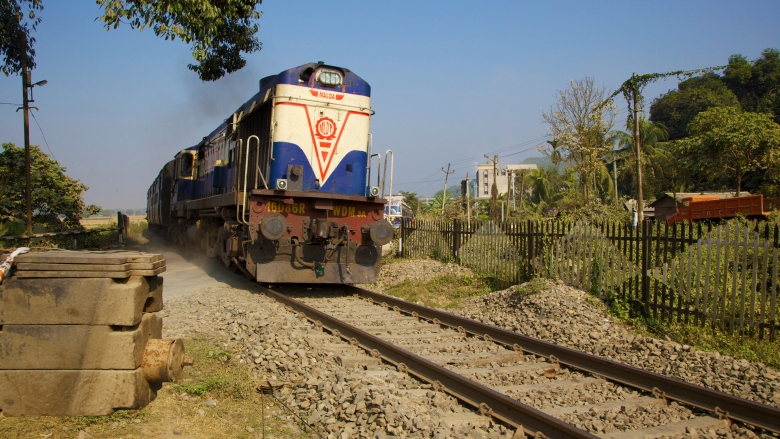Since independence in 1947, India has been on a remarkable development journey. Today, this once low-income nation has attained lower middle-income status and is home to over 1.3 billion people and a nearly $3 trillion economy. The country has also graduated from being a major recipient of concessional lending to emerge as a donor in its own right.
As the World Bank completes 75 years of partnership with India, we look back through the decades at some iconic landmarks along the way in which the World Bank was privileged to take part.
